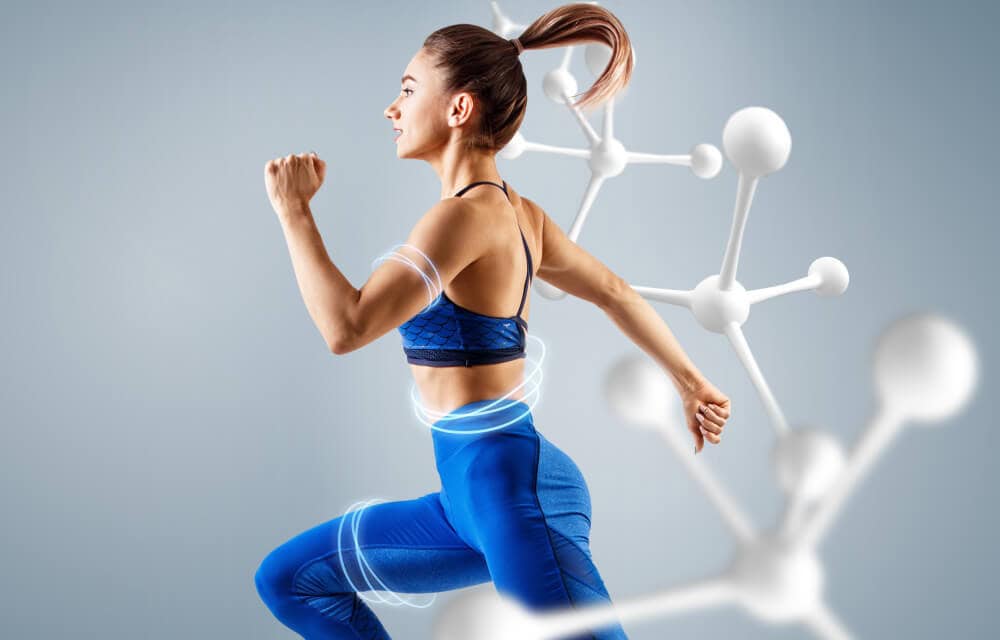
What Is Pituitary Diabetes?
While type 1 and type 2 diabetes are widely known, fewer people are familiar with pituitary diabetes, also called diabetes insipidus. This rare condition, unlike traditional diabetes, primarily affects the

While type 1 and type 2 diabetes are widely known, fewer people are familiar with pituitary diabetes, also called diabetes insipidus. This rare condition, unlike traditional diabetes, primarily affects the

Feeling unusually thirsty or fatigued? You might be wondering if a quick visit to your local urgent care can provide answers. Let’s explore whether urgent care centers can check for

Have you been advised to get a thyroid ultrasound but aren’t sure where to go? Finding the right place for this crucial diagnostic test can be daunting. Let’s explore the

Curious about how many calories your body burns while at rest? Understanding your Resting Metabolic Rate (RMR) can significantly aid in achieving your health and fitness goals. But where can

As we age, our lungs, like many other parts of our bodies, may begin to show signs of wear and tear. Pulmonary function tests (PFTs) are valuable diagnostic tools that

In the realm of health and fitness, weight often takes center stage. We step on the scale, hoping for a lower number, believing it directly reflects our overall well-being. But

Early detection of health issues is crucial for timely intervention and better treatment outcomes. The TM Flow Test, an innovative diagnostic tool, has become a valuable asset, particularly for evaluating

Stepping on a scale tells you your weight, but it doesn’t reveal the full picture of your health. Your weight can be influenced by various factors, including muscle mass, bone

The medical laboratory service area is where dedicated professionals work tirelessly to provide accurate and timely diagnostic results. These unsung heroes play a vital role in healthcare. Let’s explore their